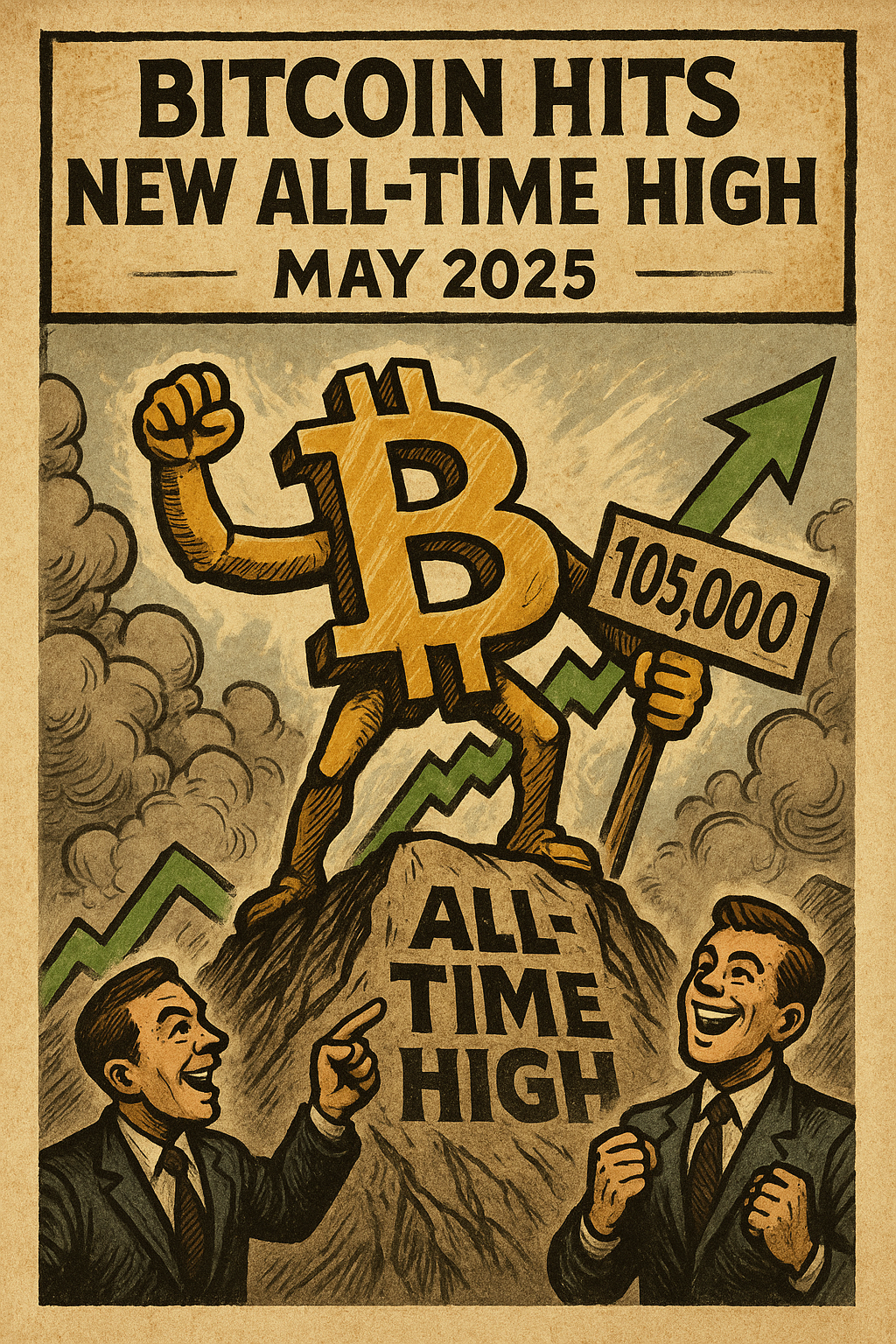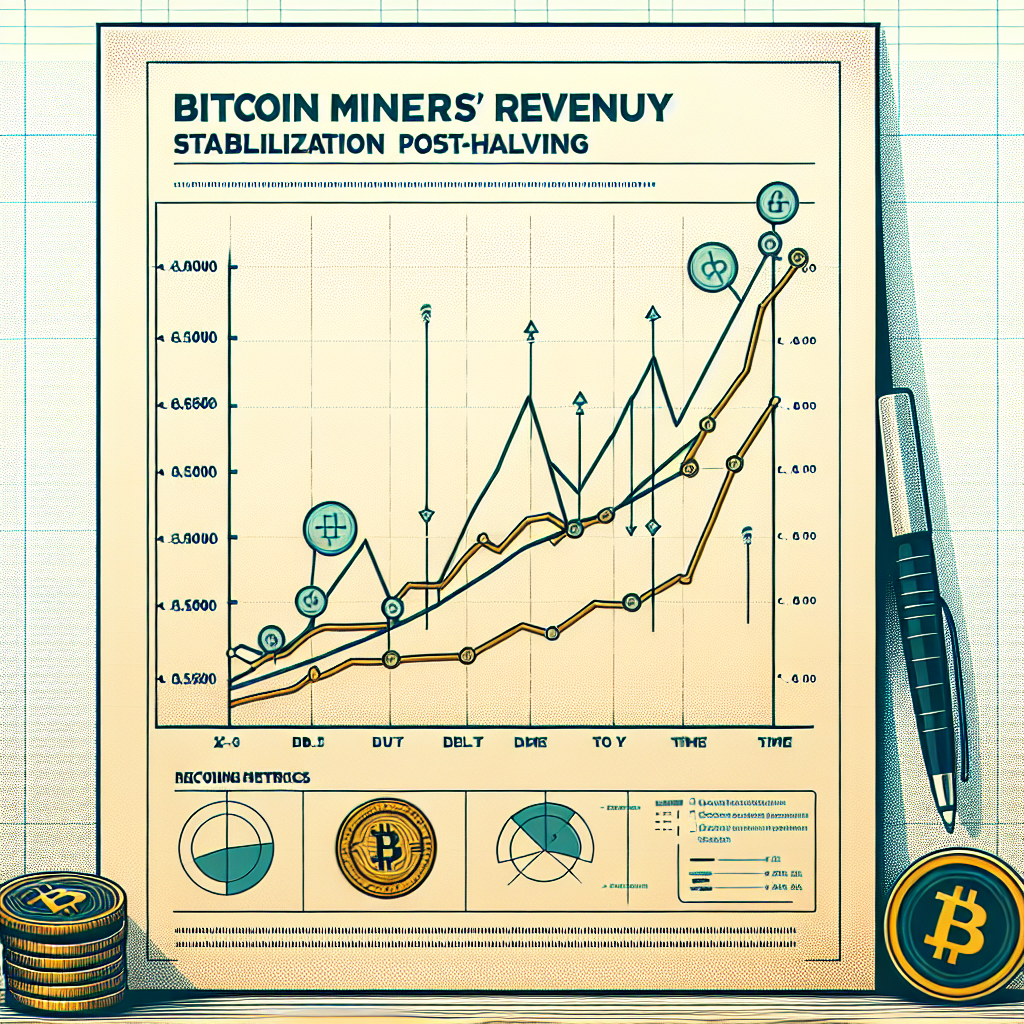
In the latest collision between politics and digital markets, Bitcoin slid more than 5% to $78,892 following President Donald Trump’s announcement of a sweeping 10% tariff on all imported goods. The selloff signals mounting investor concern that trade protectionism could spill over into broader financial instability.
Markets Rattle Across the Board
Trump’s bold tariff plan—meant to address persistent U.S. trade deficits—sent shockwaves through both traditional and digital markets:
- S&P 500: Fell 3.2% in a single day
- NASDAQ: Dropped 4.5%
- Bitcoin: Down 5.1%, hovering just below $79,000
Even altcoins like Ethereum and Solana were caught in the downturn, highlighting how crypto is increasingly reacting to macroeconomic policy shifts.
What the Tariff Means for Crypto
- Risk-on or Risk-off? Bitcoin’s role as a hedge asset is once again under scrutiny.
- Correlation Crisis: Crypto now mirrors traditional markets more than ever.
- Policy Sensitivity: Investors must factor in political risk as a new driver of volatility.
Some analysts argue that Bitcoin’s dip is temporary and that it may rebound as a hedge against inflationary consequences of tariffs. Others warn that political unpredictability is making digital assets harder to price as “safe.”
Final Thoughts
Bitcoin is no longer operating in a vacuum. Whether it’s the Fed or the Oval Office, every policy headline sends ripples through the blockchain economy.
As the U.S. turns inward with tariffs, the world will be watching not only Wall Street—but also the next Bitcoin block.




